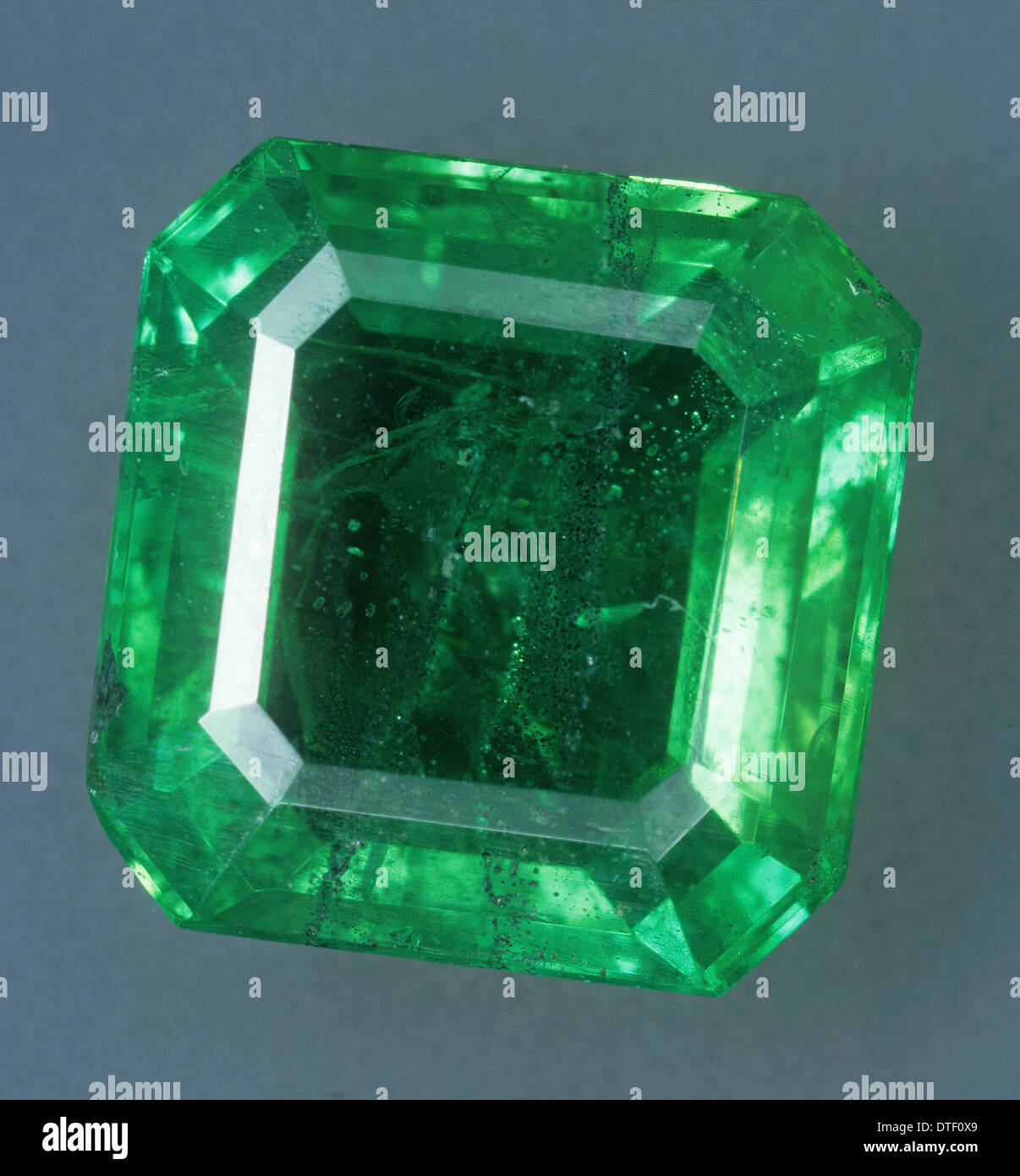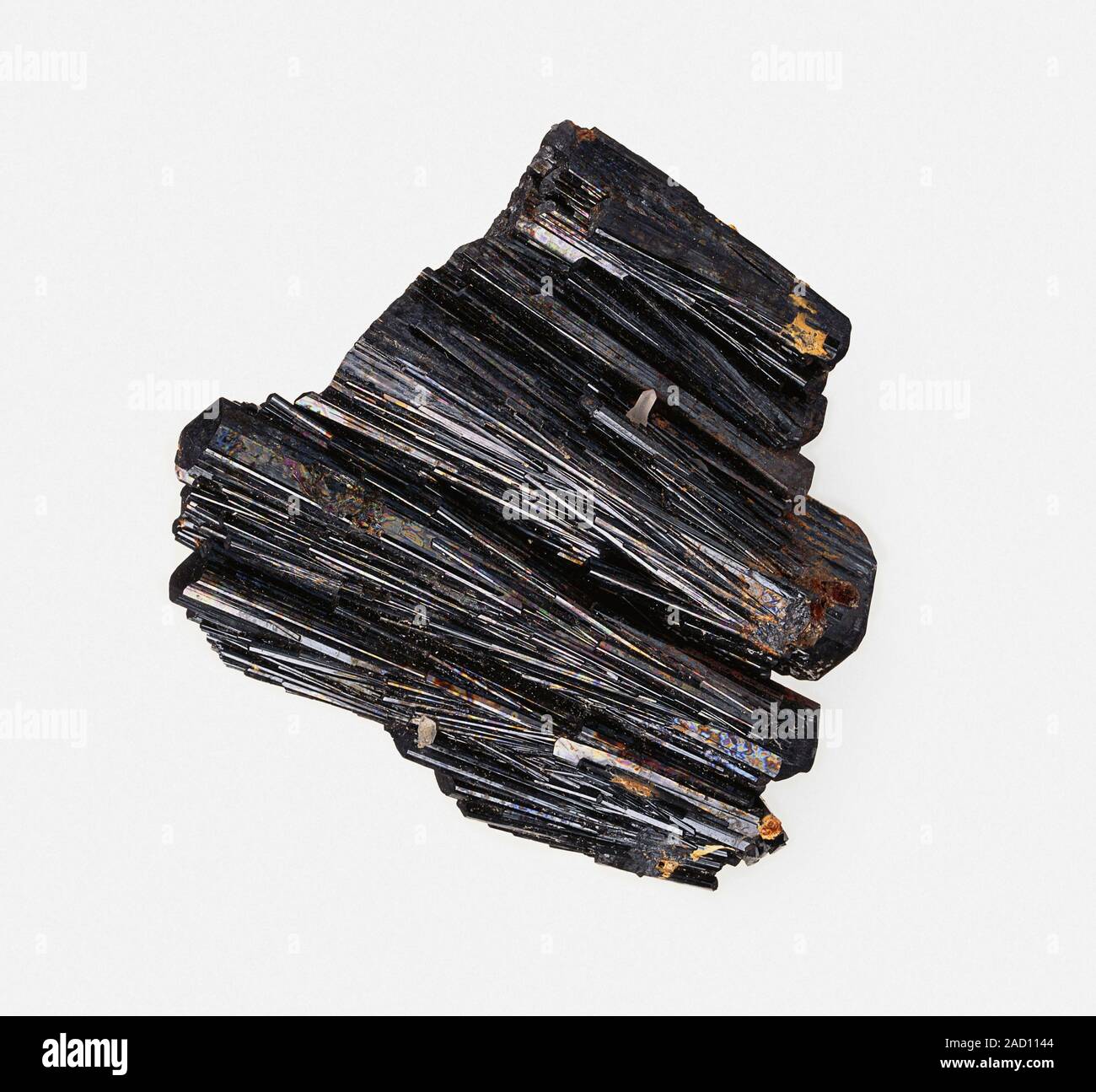Iron Silicate Hydroxide: The Hidden Gem In Environmental Science
Iron silicate hydroxide might sound like a mouthful, but it’s a compound that’s quietly revolutionizing the way we approach environmental challenges. If you’re into chemistry or environmental science, this is one topic you don’t wanna miss out on. Think of it as nature’s own little superhero, working behind the scenes to clean up our planet. So, buckle up, because we’re diving deep into the world of iron silicate hydroxide, and trust me, it’s gonna be a wild ride.
Now, before we get all science-y, let’s talk about why this matters. Iron silicate hydroxide isn’t just some random compound you stumble upon in a chemistry textbook. It’s actually a key player in processes that affect everything from water purification to soil health. If you’ve ever wondered how nature manages to keep itself balanced, well, this little guy might just be part of the answer.
And hey, don’t worry if you’re not a science wizard. We’re breaking it down in a way that even your grandma could understand. So, whether you’re a student, a researcher, or just someone who’s curious about the world around you, this article’s got something for everyone. Let’s get started!
- Chip And Joanna Gaines Net Worth The Inside Scoop On Their Rising Empire
- How Many Kids Does Shania Twain Have A Deep Dive Into Her Family Life
What is Iron Silicate Hydroxide?
Iron silicate hydroxide, or ISH for short, is a naturally occurring compound that forms when iron reacts with silicate and hydroxide ions. It’s like a chemical cocktail that nature whip-ups to solve some of its biggest problems. But what exactly does it do? Well, ISH plays a crucial role in processes like adsorption, precipitation, and even microbial activity. In simpler terms, it helps clean up toxic metals, stabilize soil, and even trap carbon dioxide.
Think of it like this: if you spilled some coffee on your carpet, you’d probably grab a sponge to soak it up, right? Well, ISH is kinda like nature’s sponge, soaking up all sorts of nasty stuff from the environment. And just like that sponge, it’s super effective at its job.
Where is Iron Silicate Hydroxide Found?
So, where exactly can you find this magical compound? Turns out, ISH is pretty much everywhere. It’s found in soils, sediments, and even aquatic environments. Anywhere there’s iron, silicate, and water, there’s a good chance you’ll find ISH hanging out. It’s like the ultimate party guest – always showing up where the action is.
- Is Joan Tyson Still Alive Unveiling The Truth About The Iconic Figure
- Rick Owens Wife Age A Deep Dive Into The Life Of Michegravele Lamy
But here’s the kicker: the formation of ISH isn’t random. It depends on factors like pH levels, temperature, and the availability of certain ions. So, while it’s super common, it’s also super specific about where it likes to hang out.
The Science Behind Iron Silicate Hydroxide
Alright, now let’s get a little more technical. Iron silicate hydroxide is essentially a combination of iron (Fe), silicate (SiO4), and hydroxide (OH) ions. The chemistry behind its formation is fascinating, and it all boils down to a process called hydrolysis. Basically, when iron ions come into contact with water, they start reacting with silicate and hydroxide ions to form this awesome compound.
And here’s the cool part: ISH isn’t just one compound. It exists in different forms, depending on the conditions. Some forms are more stable, while others are more reactive. This versatility makes it incredibly useful in a variety of applications.
How is Iron Silicate Hydroxide Formed?
Let’s break it down step by step. First, you’ve got your iron ions floating around in solution. Then, add some silicate and hydroxide ions to the mix, and boom – you’ve got ISH. But it’s not as simple as just throwing these ingredients together. The reaction is influenced by factors like pH, temperature, and the presence of other ions.
For example, in acidic conditions, ISH tends to form more slowly. But in alkaline conditions, it forms much faster. This means that the environment plays a huge role in determining how much ISH is present in a given area.
Applications of Iron Silicate Hydroxide
Now that we know what ISH is and how it’s formed, let’s talk about what it can do. The applications of iron silicate hydroxide are pretty mind-blowing. From water treatment to soil remediation, this compound is a game-changer in the world of environmental science.
One of the most exciting applications is in the removal of heavy metals from water. ISH has an incredible ability to adsorb toxic metals like arsenic, lead, and cadmium. This makes it a key player in water purification systems around the world. And let’s not forget its role in stabilizing soil. By binding to certain ions, ISH helps prevent erosion and improves soil structure.
Water Treatment
When it comes to water treatment, ISH is a superstar. It’s used in everything from municipal water systems to industrial wastewater treatment plants. The way it works is pretty simple: as water flows through a filter containing ISH, the compound grabs onto any nasty metals or pollutants and holds onto them tight. This leaves the water clean and safe to drink.
But here’s the thing: not all ISH is created equal. Some forms are better at adsorbing certain metals than others. That’s why researchers are constantly studying different variations of ISH to find the most effective ones for specific applications.
Environmental Benefits of Iron Silicate Hydroxide
Okay, so we’ve talked about what ISH can do, but what about its impact on the environment? Well, the news is pretty good. ISH is a naturally occurring compound, which means it doesn’t introduce any harmful substances into the environment. In fact, it actually helps clean up the mess that we’ve made.
One of the biggest environmental benefits of ISH is its ability to sequester carbon dioxide. By binding to CO2, ISH helps reduce the amount of greenhouse gases in the atmosphere. This makes it a valuable tool in the fight against climate change.
Carbon Sequestration
Let’s dive a little deeper into the carbon sequestration capabilities of ISH. When ISH forms, it can trap carbon dioxide in its structure. This trapped CO2 is then stored in the soil or sediment, where it can’t contribute to global warming. It’s like nature’s own carbon capture system, and it’s incredibly efficient.
But here’s the catch: for ISH to be effective at sequestering carbon, it needs the right conditions. Factors like pH, temperature, and the availability of other ions all play a role in determining how much CO2 can be trapped. That’s why researchers are constantly studying ways to optimize these conditions for maximum effectiveness.
Challenges and Limitations
Of course, no compound is perfect, and ISH is no exception. While it has a ton of benefits, there are also some challenges and limitations to consider. For one, ISH can be tricky to work with. Its formation is highly dependent on environmental conditions, which can make it difficult to predict and control.
Another challenge is scalability. While ISH works great in small-scale applications, scaling it up for large-scale use can be problematic. This is especially true in industrial settings, where the conditions might not be ideal for ISH formation.
Research and Development
Despite these challenges, researchers are hard at work finding ways to overcome them. One promising area of research is the development of synthetic ISH. By creating ISH in a lab, scientists can control the conditions and produce a more consistent product. This could lead to more widespread use in water treatment and soil remediation.
Another area of research is optimizing the conditions for natural ISH formation. By tweaking factors like pH and temperature, researchers hope to make ISH formation more predictable and reliable. This could have huge implications for environmental cleanup efforts around the world.
Future Prospects
So, where does the future of iron silicate hydroxide lie? Well, the possibilities are pretty exciting. As we continue to learn more about this compound, we’re discovering new and innovative ways to use it. From advanced water treatment systems to cutting-edge soil remediation techniques, ISH is poised to play a major role in shaping the future of environmental science.
And let’s not forget about its potential in the fight against climate change. With its ability to sequester carbon dioxide, ISH could become a key player in efforts to reduce greenhouse gas emissions. The more we learn about this compound, the more potential applications we find.
Innovative Uses
One of the most exciting areas of innovation is in the development of hybrid materials that incorporate ISH. By combining ISH with other materials, scientists are creating super-efficient filters and adsorbents that can remove even the toughest pollutants from water and air. This could revolutionize the way we approach environmental cleanup.
Another promising area is the use of ISH in bioremediation. By harnessing the power of microbes and ISH together, researchers are developing new ways to clean up contaminated sites. This could lead to faster and more effective cleanup efforts, with less impact on the environment.
Conclusion
Iron silicate hydroxide might not be the most glamorous compound out there, but it’s definitely one of the most important. From water treatment to soil remediation, this little guy is doing some pretty big things. And as we continue to learn more about it, the possibilities for its use only grow.
So, next time you hear someone talking about environmental science, remember ISH. It’s the unsung hero of the natural world, quietly working to make our planet a cleaner, healthier place. And hey, if you’re feeling inspired, why not share this article with a friend? Who knows – you might just spark the next big breakthrough in environmental science.
Table of Contents
- What is Iron Silicate Hydroxide?
- Where is Iron Silicate Hydroxide Found?
- The Science Behind Iron Silicate Hydroxide
- How is Iron Silicate Hydroxide Formed?
- Applications of Iron Silicate Hydroxide
- Water Treatment
- Environmental Benefits of Iron Silicate Hydroxide
- Carbon Sequestration
- Challenges and Limitations
- Research and Development
- Future Prospects
- Innovative Uses
- Rick Owens Wife The Ultimate Guide To Her Life Style And Influence
- Why Is 12 Police Unraveling The Mystery Behind The Number And Its Significance

Are You Magnesium Iron Silicate Hydroxide TheFitnessManual

Magnesium iron silicate hydroxide hires stock photography and images

Ilvaite (Calcium Iron Silicate Hydroxide) crystal Stock Photo Alamy